The 10 Most Common Food Allergies
Eggs are great for protein, energy, and filling you up. But to those who are allergic, eating eggs in any recipe can be rather unpleasant. While mostly children less than 5 years old suffer from this allergy and often outgrow it, some carry it into adulthood. There is no cure or treatment for an egg allergy, though you can be regularly tested to see if your tolerance for them changes. Sadly, eggs are not always listed as "egg" on labels. Watch out for the terms albumin, globulin, lecithin, livetin, lysozyme, words with "ova" and "ovo" as prefixes, silici albuminate, simplesse, and vitellin. These all imply that egg protein is present. These can even be in shampoo or other cosmetic products!
Substitute: Avoiding eggs while eating out can be tough, but at home, egg-free cooking doesn't have to be. Surprising replacements in recipes include everything from cornstarch to flaxseed oil and even tofu.
2. Milk
Milk only does some bodies good. Many mistake a milk allergy for lactose intolerance since many of the symptoms are similar, but a milk allergy occurs when the body's immune system reacts abnormally to milk proteins, while lactose intolerance involves digestive problems as a result of being incapable of breaking down certain enzymes. See an allergist to determine the difference. Milk allergies generally afflict infants, who often grow out of it. However, to those who've carried this allergy into adulthood: Beware many processed foods, because milk's high protein content and properties make it an "ideal" ingredient.
Substitute: There are a few options to consider when choosing a milk alternative, and it's best to follow an allergist's advice to determine which route is best for you. Some people's allergies may be limited to cow's milk, and drinking other animal milk may suffice. One familiar alternative is soy milk, but since allergies to soy are common as well, proceed with caution. A creamy, nondairy substitution may be coconut milk, but some steer clear because of its overpowering taste.
3. Peanuts
This salty, nutty treat is often responsible for many serious allergic reactions. When the body identifies peanut proteins as harmful, the immune system releases symptom-causing chemicals into the bloodstream, causing mild to severe allergic reactions. Unfortunately, peanuts are in many products, so if you discover that you're allergic, be sure to scrutinize the labels of any processed food or prepared meal. Whether you eat or inhale products cross-contaminated with peanuts, you could be susceptible to anaphylaxis.
Substitute: CBS News recently reported that scientists may have found a way to "cure" food allergies by tricking the immune system. But until that day, if you can't resist the taste of peanuts (especially decadent treats like peanut butter), Sunbutter Natural Crunch, a peanut-, gluten-, and tree nut-free sunflower spread is a safe and tasty alternative.
4. Soy
Sushi lovers may have soy to blame for allergic reactions rather than the fish. Soy allergies can be introduced to infants through soy-based formula, and in this case are often detected early. Though soy seems like an easily identified allergen, it can pop up in unexpected everyday foods including meat products, baked goods, chocolate, and cereals. While some often leave this allergy behind in infancy, soy allergies carried into adulthood may be due to interesting factors — if you have a family history of allergies like hay fever, asthma, hives, or eczema, you may be more susceptible to a soy allergy.
Substitute: According to The New York Times, Europeans are bringing lupin seeds, a soybean alternative, into more meals. This gluten-free alternative is rich in amino acids and antioxidants, prebiotic, and low in fat and oil.
5. Wheat
The primary protein the immune system attacks when allergic to wheat is gluten. Wheat allergies are extremely common but are often confused with celiac disease, a condition that essentially prevents the body from absorbing proper nutrients and causes an adverse reaction to gluten. Because wheat is found in breads, pasta, crackers, and even beer, wheat products are tough to avoid. Sometimes severe reactions — like anaphylaxis — are triggered by exercising or taking aspirin after eating a wheat product. These may enhance an allergy by triggering the same biological mechanisms that produce an allergic reaction to wheat. Some who work with wheat flour may experience breathing problems, or "Baker's Asthma," from inhaling wheat allergens but experience no side effects when eating.
Substitute: Gluten-free oats are commonly found in many specialized products in the grocery store. But if you're looking for even more alternatives, turn to products like rice flour, garbanzo bean flour, or even tapioca flour to make homemade, allergen-free meals.
6. Tree Nuts
According to the American Academy of Allergy, Asthma & Immunology (AAAAI), tree nut allergies affect 1.2 percent of the population. These nuts include everything from almonds to cashews and pecans to macadamias, and if you're allergic to one of them, you're most likely allergic to a few of them. Tree nuts and tree nut oils, which should be avoided as well, pop up in unexpected places like barbecue sauces, salad dressings, and even pie crusts. Allergies to these nuts can also cause anaphylaxis.
Substitutes: Since there are numerous possibilities for exposure and cross-contamination to tree nuts, it may be best to avoid anything bearing the warning "may contain tree nuts." While many flavorful nuts are off limits, pumpkin, sunflower, and sesame seeds are safe and often substituted in cooking.
7. Shellfish
One common food allergy that's easy to identify is the immune system's intolerance of shellfish. Unlike many common food allergies, shellfish allergies are far more common in adults than children. Crustaceans are easy to identify and avoid, but mollusks can often be mistaken as safe seafood to eat — squid and scallops among them. Some who suffer from shellfish allergies can eat certain types of mollusks, but others must cut them out completely.
Substitute: Seafood allergens are easy to avoid, but many wish they could eat shellfish to achieve a healthier lifestyle. If you're concerned about maintaining a low-calorie diet and want the benefits of protein, enjoy lean white meats like chicken and turkey, instead.
8. Fish
Finned fish can just as easily cause allergic reactions as shellfish. While the proteins in fish most often incite the immune system's reactions, fish gelatin (in the bones and skin of fish) can be responsible for allergic side effects as well. Avoiding seafood altogether might sound easy, but fish like anchovies are often hidden in foods like Worcestershire sauce and Caesar salad dressing. Another huge concern for those with fish allergies is the high chance for cross-contamination, especially in restaurants and other public places. But some good news — if you're allergic to finned fish like flounder, bass, and trout, this doesn't necessarily mean you are allergic to shellfish.
Substitute: Many people who are allergic to one fish are allergic to another, so doctors generally recommend avoiding it entirely. However, fresh fish is more likely to spur an allergic reaction. After discussing with your doctor, you may be free to enjoy canned tuna and salmon.
9. Raw Fruits and Vegetables
Some seasonal allergy sufferers also experience itching and discomfort upon biting into a succulent peach or gnawing on a raw carrot. Because raw fruits and vegetables contain the same proteins as some pollen, it is easy to develop oral allergy symptoms. While these are hardly as dangerous as some other food allergies, they could in rare occasions cause anaphylaxis.
Substitutes: If the itchy mouth is unbearable, don't give up hope! For some, simply peeling the skin of fruits and veggies reduces allergenic side effects. Also, cooking raw fruits and vegetables changes the shape of the offending proteins which cause allergic reactions, so those who suffer from oral allergy symptoms should experience no further discomfort.
10. Sesame Seeds
Put down the everything bagel — one seed on your favorite breakfast treat could cause a boatload of allergenic symptoms. The number of sesame seed allergies has grown in the U.S, but it's not yet required for companies to put sesame seed warnings on food labels. Because sesame seeds are used more often in the Middle East, there is more data about the allergy's frequency in the population — reports show that it's the third most common allergy in Israeli children. As ethnic foods integrate into mainstream U.S. food culture, it's suspected that the reported sesame seed allergy rate will grow. Common foods that contain sesame seeds include hummus, baked goods, snack foods, and a wide variety of sauces and dressings.
Substitutes: The good news is that allergic reactions to sesame seeds do not necessarily mean allergies to other seeds. The likes of poppy, sunflower, and pumpkin seeds are generally not associated with allergic reactions and serve as fine substitutes.
